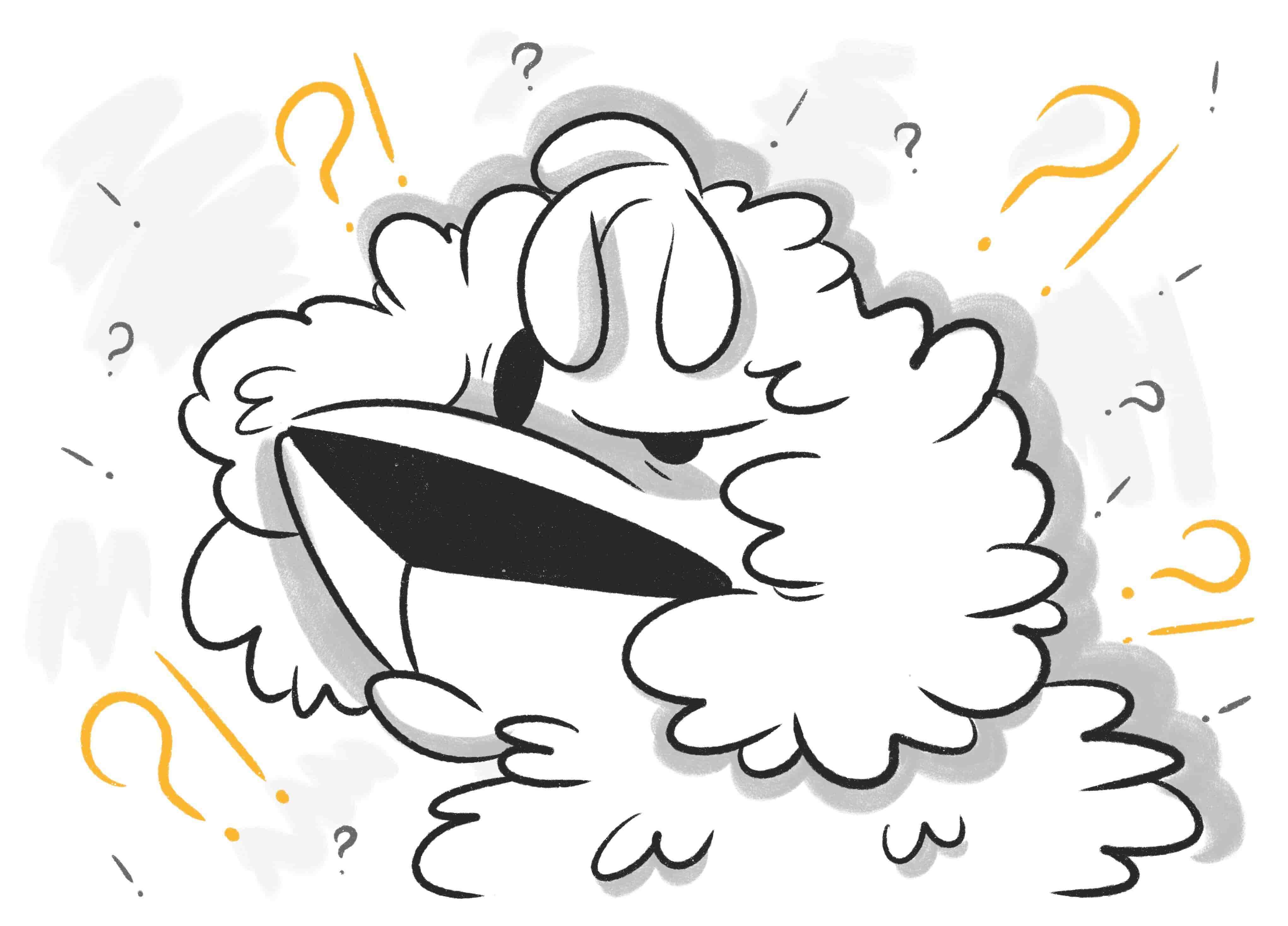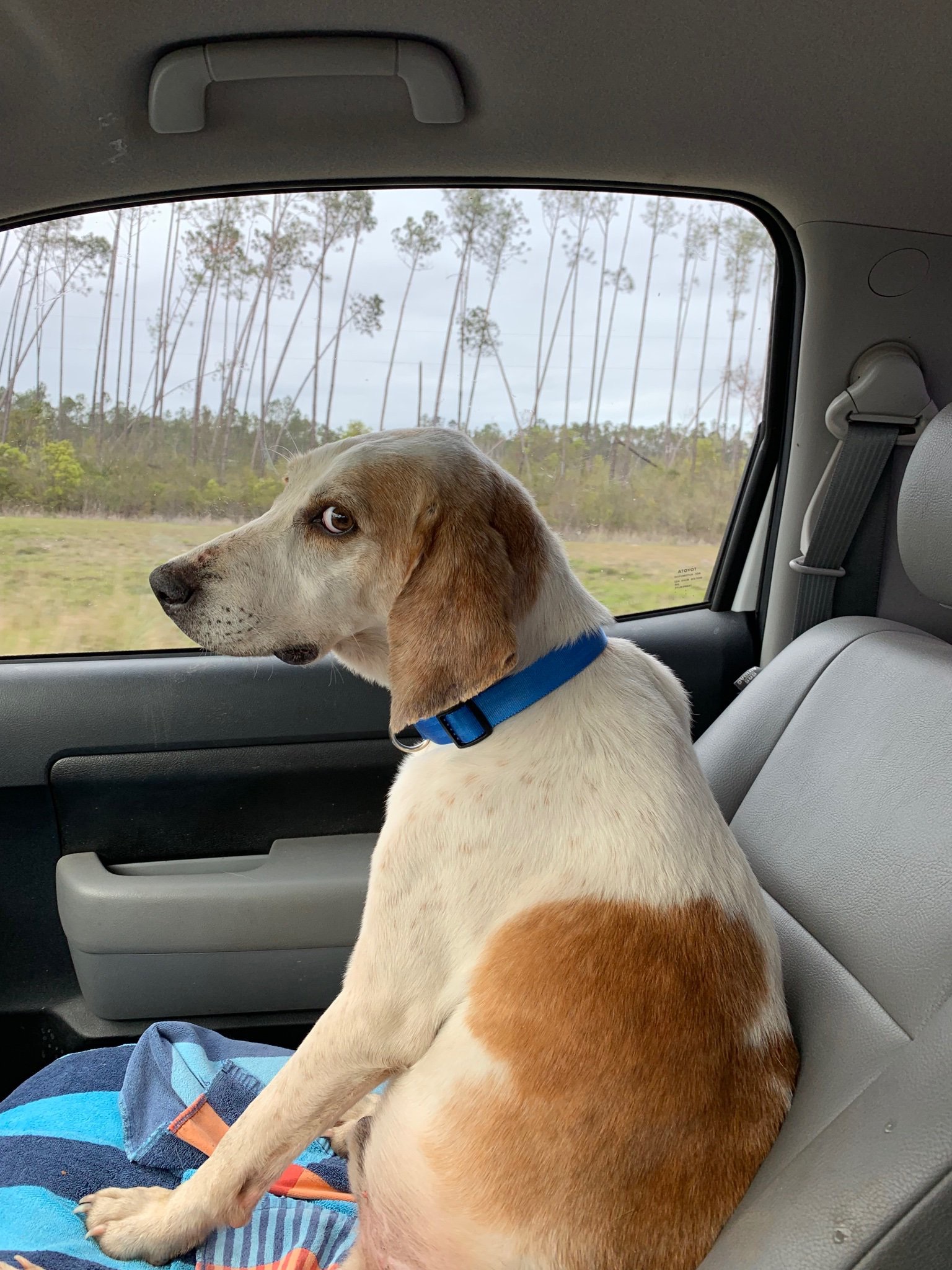Let's be real here, folks – if you've ever caught your dog giving you that signature side-eye glance, you're not alone. Dog side eye is more than just a cute quirk; it's actually a fascinating behavior that speaks volumes about our furry friends' emotions and intelligence. Ever wondered what's really going on behind those soulful eyes? Well, buckle up, because we're about to dive deep into the world of canine communication.
You know the look – your dog’s head tilts slightly, one ear perked up, and BAM! Those big puppy eyes are locked on you from the side. But what does it mean? Is your dog trying to tell you something, or is it just a random occurrence? Spoiler alert: there’s a lot more to this behavior than meets the eye. So, grab your favorite snack and let’s break it down.
Before we get too far into this, let me tell you why I’m the guy to explain dog side eye. I’ve spent years studying canine behavior, and I’ve got a house full of dogs who give me endless opportunities to observe this phenomenon. Plus, I’ve consulted with experts, vets, and even a few dog whisperers to make sure we’re covering all the bases here. This ain’t just opinion – this is science-backed info that’ll blow your mind.
Read also:Whip My Soul A Deep Dive Into The Meaning History And Cultural Impact
What Exactly is Dog Side Eye?
First things first, let’s define what we’re talking about here. Dog side eye is that sideways glance your pup gives you when they’re not looking directly at you but are still totally aware of your presence. It’s like they’re saying, “I see you, but I’m not quite ready to fully commit to this interaction.” And let’s be honest, it’s absolutely adorable.
This behavior isn’t random. Studies have shown that dogs use their eyes as a form of communication, much like humans use facial expressions. When your dog gives you the side-eye, they’re often trying to gauge your emotions, intentions, or even just your mood. It’s their way of saying, “Hey, what’s up? Are you happy? Are you mad? Or are you just chilling like me?”
Why Do Dogs Give Side Eye?
Now that we know what dog side eye is, let’s talk about why it happens. There are several reasons your dog might give you that signature glance:
- Curiosity: Dogs are naturally curious creatures. If they see something out of the corner of their eye, they’ll often use the side-eye to check it out without fully committing to a full-on stare.
- Assessment: Dogs are constantly assessing their environment. The side-eye allows them to gather information without making direct eye contact, which can sometimes be seen as confrontational.
- Emotional Cues: Dogs are experts at reading human emotions. By using the side-eye, they can pick up on subtle cues in your facial expressions and body language.
Is Dog Side Eye Always Positive?
Not necessarily. While the side-eye is often a sign of curiosity or affection, it can also indicate something else entirely. For example, if your dog is giving you a prolonged side-eye while growling or showing other signs of aggression, it could mean they’re feeling threatened or anxious.
It’s important to pay attention to the context of the side-eye. Is your dog relaxed and wagging their tail? Chances are, they’re just being their usual adorable selves. But if they seem tense or their body language is stiff, it might be time to investigate further.
How to Interpret Dog Side Eye
Interpreting dog side eye isn’t an exact science, but there are a few clues you can look for:
Read also:Justin Weaver The Rising Star Redefining Music And Creativity
- Body Language: Check out your dog’s overall body language. Are they relaxed, or do they seem tense?
- Context: Consider the situation. Is your dog reacting to something specific, like a loud noise or a new person in the room?
- Duration: How long is the side-eye lasting? A quick glance is usually just curiosity, but a prolonged stare might indicate something else.
The Science Behind Dog Side Eye
So, what’s really going on in your dog’s brain when they give you that side-eye? According to research published in the journal Animal Cognition, dogs have a unique ability to read human emotions and intentions. This skill is thought to have developed over thousands of years of domestication, allowing dogs to form strong bonds with their human companions.
Studies have shown that dogs use a combination of visual and auditory cues to understand what humans are thinking and feeling. The side-eye is just one tool in their arsenal of communication techniques. It’s their way of saying, “I’m paying attention, even if it doesn’t look like it.”
Fun Facts About Dog Eyes
Here are a few interesting tidbits about dog eyes that you might not know:
- Dogs have a third eyelid called the nictitating membrane, which helps protect their eyes from debris.
- Unlike humans, dogs have a much wider field of vision, allowing them to see more of their surroundings without moving their heads.
- Dogs’ eyes are more sensitive to movement than humans, which is why they’re great at spotting small animals or objects from a distance.
How to Respond to Dog Side Eye
So, what should you do when your dog gives you the side-eye? The answer depends on the context and your dog’s body language. If they seem relaxed and happy, you can respond with a smile, a pat, or even a treat. But if they seem anxious or stressed, it’s best to give them some space and try to identify the source of their discomfort.
One thing to keep in mind is that dogs love positive reinforcement. If you reward your dog for giving you the side-eye (even unintentionally), they’re more likely to repeat the behavior in the future. So, if you want to encourage this adorable quirk, make sure to shower them with love and attention whenever they do it.
Training Your Dog to Use Side Eye
Believe it or not, you can actually train your dog to give you the side-eye on command. This trick is not only cute, but it also helps strengthen the bond between you and your furry friend. Here’s how to do it:
- Start by capturing the behavior. Wait for your dog to naturally give you the side-eye, then immediately reward them with a treat.
- Once your dog associates the side-eye with a reward, start adding a verbal cue, like “peek” or “glance.”
- Practice consistently, gradually increasing the duration of the side-eye before giving the reward.
Common Misconceptions About Dog Side Eye
There are a few myths floating around about dog side eye that need to be debunked:
- Myth #1: Dogs only give the side-eye when they’re being sneaky. False! While some dogs might use the side-eye to get away with mischief, it’s usually just a sign of curiosity or communication.
- Myth #2: Side-eye is a sign of dominance. Nope! In fact, the side-eye is often used as a way to avoid direct eye contact, which can be seen as confrontational in the dog world.
Why Understanding Dog Side Eye Matters
Understanding your dog’s side-eye behavior can help you build a stronger connection with your furry friend. By paying attention to their subtle cues, you’ll be able to better understand their needs and emotions. And let’s face it – who doesn’t want to be on the same wavelength as their favorite pup?
Conclusion: Embrace the Side Eye
There you have it, folks – the ultimate guide to dog side eye. Whether your dog is giving you the side-eye out of curiosity, affection, or just plain sass, it’s a behavior that deserves our attention and appreciation. So, the next time your pup locks those puppy-dog eyes on you from the side, take a moment to appreciate the complexity of their communication.
And hey, don’t forget to share this article with your fellow dog lovers! Together, we can spread the word about the fascinating world of canine behavior. Who knows? Maybe you’ll even inspire someone to adopt a furry friend of their own.
Table of Contents
- What Exactly is Dog Side Eye?
- Why Do Dogs Give Side Eye?
- Is Dog Side Eye Always Positive?
- The Science Behind Dog Side Eye
- How to Respond to Dog Side Eye
- Common Misconceptions About Dog Side Eye
- Training Your Dog to Use Side Eye
- Fun Facts About Dog Eyes
- How to Interpret Dog Side Eye
- Conclusion: Embrace the Side Eye


